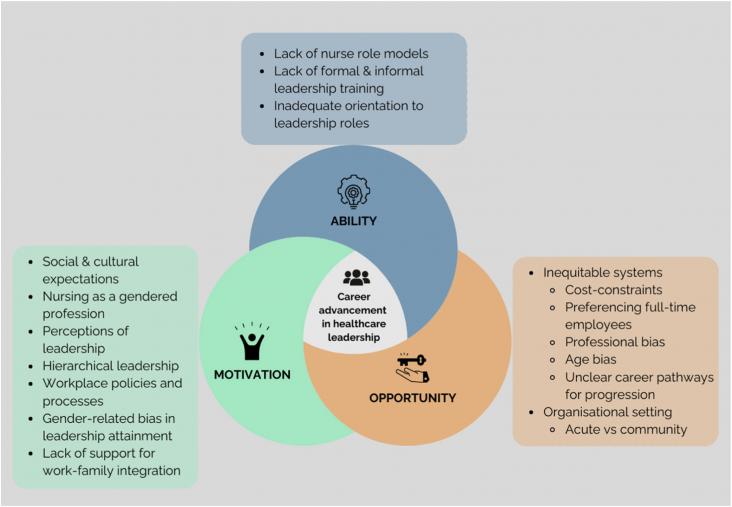
Computational Intelligence and Deep Learning Methods for Neuro-rehabilitation Applications, 2024, Pages 121-148
This content aligns with Goal 3: Good Health by addressing the complex phenomenon of phantom limb pain, which can significantly affect the quality of life for individuals who have undergone amputations. By understanding the mechanisms behind this condition and the varied experiences of patients, healthcare providers can develop more effective pain management strategies and psychological support systems, ultimately improving patient outcomes. Additionally, it supports Goal 10: Reduced Inequalities by highlighting the need for tailored medical interventions that recognize the unique challenges faced by amputees, ensuring that all patients, regardless of their background or circumstances, receive comprehensive care that addresses both physical and emotional aspects of their recovery.
